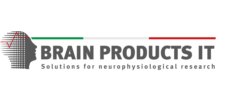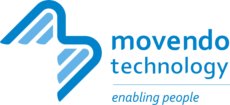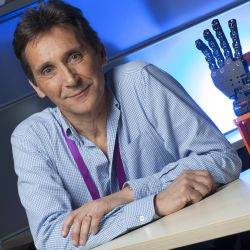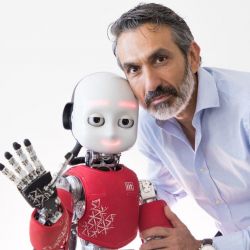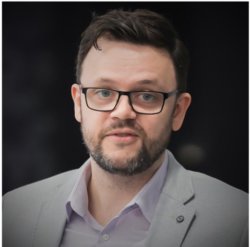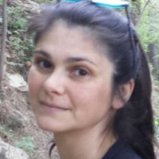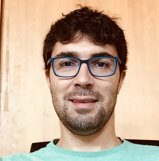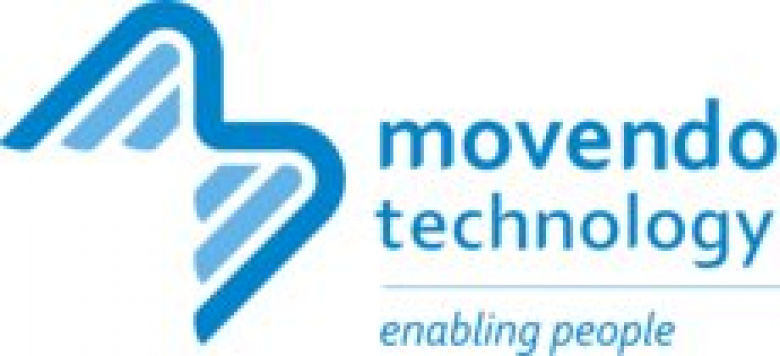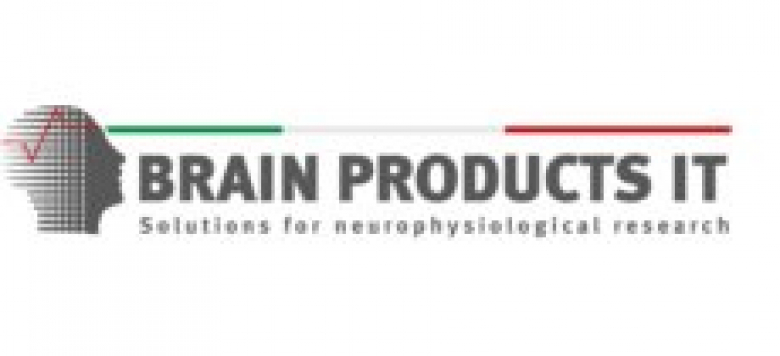
Artificial and augmented sensing for humans and humanoids
Thanks for all
About The Event
Brief description
The NeuroEngineering School, pioneered by Prof. M. Grattarola in 2000 with the First European School of Neuroengineering, was offered in 2002, 2003, 2004, 2006, 2012 and 2018. This edition will focus on perception and on how it influences human movements and robot control. Specifically, the focus will be on how the somatosensory system and its artificial analogues process and integrate movement, force and tactile information.
Objectives
The NeuroEngineering School aims to introduce PhD students and post-docs from different backgrounds (engineering, life sciences, physics) to the basis of human somatosensation and the computational and technological methods to integrate sensing in robots. The first two days will provide an overview of somatosensory process mechanisms at the physical, behavioural, biomechanical, and neural level, including implications for motor control and learning.
Then we will provide the basis for understanding the artificial tactile-proprioceptive sensing and feedback.The following three days will develop this topic in three translational fields: (1) neurorehabilitation (2) prosthetics and sensory restoration; (3) robotics: humanoids and robot-assisted surgery.
Description
The NeuroEngineering School will take place from 18th to 22nd July 2022. The activities will include plenary lectures by internationally recognized experts operating at the interface between Neuroscience, Robotics and Artificial Intelligence. Participants will then be divided in focused discussion groups, whose activities will include hands on computational and laboratory activities.
We will organize poster sessions for the PhD students attending the school, during which they will present their research in an interactive form. An award committee will select the best poster based both on the quality of the work and the presentation.
Finally, we will also offer exhibition opportunities for the companies working in these fields, which will present their technologies for all the duration of the school.
Who's Speaking?
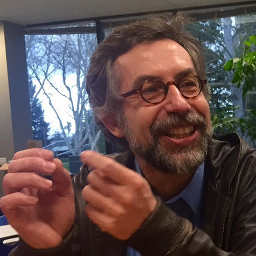
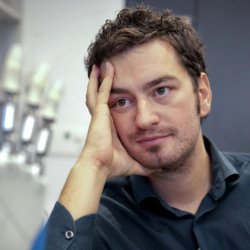



Speakers Lineup
- Monday 18th July
- Tuesday 19th July
- Wednesday 20th July
- Thursday 21st July
- Friday 22nd July
- Practical Activities
Registration
Registration

Opening of the School
Welcome Address - Presentation of the School
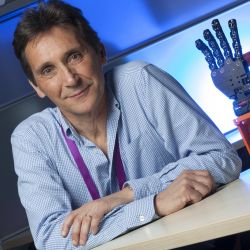
Neuroscience-inspired Soft Robotics Technologies for Prosthetics and Rehabilitation.
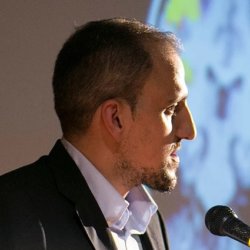
When timing matters: from intracerebral recordings to a 4D-representation of somatosensory processing
Coffee Break
Coffee Break/ Networking

Laboratory activities - Data Science for Psychophysical Data with R
Practical activities (1st session)
- examples of experimental paradigms
- psychometric functions and GLMM
- Bayesian methods in psychophysics
- R, Python, and friends
- Introduction to R packages: Tidyverse, lme4, Mixedpsy
- Data Tidying
- Modelling
- Plotting
- Communicating the results with RMarkdown
- Bonus track: interfacing R and Python with reticulate
-
Moscatelli, A., Mezzetti, M., & Lacquaniti, F. (2012). Modeling psychophysical data at the population-level: the generalized linear mixed model. Journal of vision, 12(11), 26-26.
-
Rohde, M., van Dam, L. C., & Ernst, M. O. (2016). Statistically optimal multisensory cue integration: a practical tutorial. Multisensory research, 29(4-5), 279-317.
-
Wickham, H., & Grolemund, G. (2016). R for data science: import, tidy, transform, visualize, and model data. "O'Reilly Media, Inc.".
Welcome cocktail

Use of robots to study sensorimotor function and dysfunction
There are several technologies that can be used to measure body movement, from accelerometers to video-based motor capture. However, robotic technologies, either grasped by a subject or directly attached to the limb, have an additional advantage in that they can apply loads to disturb body motion allowing us to probe properties of the motor system by observing how it responds to these unexpected disturbances. I will highlight how we use robotic technology (guided by advanced control theory) to quantify how humans can generate complex goal-directed motor corrections in as little as 60ms, as well as complementary studies in non-human primates that demonstrate how frontoparietal circuits support this fast feedback process. As well, will also describe our clinical studies that use this same robotic platform to quantify sensory, motor and cognitive impairments associated with a variety of neurological injuries and disease. In particular, I will describe how stroke commonly impairs the ability of individuals to use sensory information to generate rapid goal-directed motor corrections.
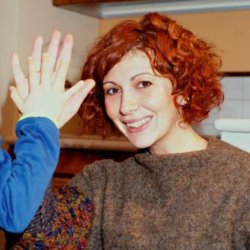
Multisensory development and sensory rehabilitation devices based on haptic, visual, and audio signals.
Coffee Break
Coffee Break/Networking

Innovative methods for measuring the neural correlates of proprioception in multiple sclerosis
This limitation makes it difficult to identify crucial neural markers that can be used to assess the efficacy of interventions aimed at improving proprioception in people with MS. Therefore, there is a need for innovative ways of assessing the neural correlates of proprioception to understand how the pathological processes underlying MS affects these neural processes.
Sensorimotor tasks, such as the joint position matching task, rely on intricate communication between multiple areas of the CNS. To perform these movements effectively, sensory afferents must be relayed to various areas of the brain to generate appropriate neural and behavioral responses
Our group and others have shown the importance of the link between cognitive and motor processes in many sensorimotor tasks as well as the importance of microstructural integrity of the corpus callosum in bipedal and bimanual tasks. A better understanding of how the functional and neural components of proprioception are affected by chronic neurodegenerative disease like MS is needed to better inform rehabilitative practices, which may ultimately lead to the improvement of mobility outcomes and quality of life in patients with MS.
Poster section
Poster section/Networking
Poster section/Lunch Networking
Poster section/Lunch

Symbiotic Control of Wearable Soft Suits for human motion assistance and augmentation

Increasing spatial awareness with touch: technologies and challenges

Practical activities
- Vision-Based Haptic Guidance in Robot-Assisted Endovascular Applications
- Restoring haptic perception in a soft underactuated hand prosthesis: modality matching and somatotopic matching approaches for information sensing and feedback
- Proprioceptive assessment and sensory enhancement
Coffee Break
Coffee Break/Networking

Elevating surgical discovery using machine learning

Technological Embodiment: Neuroscience considerations for the future body
Coffee Break
Coffee Break Networking

Neural prostheses for sensing with bionic limbs
Decades of technological developments have populated the field of brain-machine interfaces (BMI) and neuroprosthetics with several replacement strategies, neural modulation treatments, and rehabilitation strategies to improve the patients’ quality of life. The neuroprostheses are implantable devices designed to replace or improve the function of a disabled part of the nervous system. The different approaches for the restoration of sensory functions through neuroprostheses based on electrical neurostimulation will be presented.
This field is now quickly expanding thanks to advances in neural interfaces, machine learning techniques, and robotics. In the next future, the neurotechnologies will continue to grow thanks also to faster and more advanced computer simulations allowing to test and validate these technologies even faster. The transformation of neurotechnologies blurs the boundaries between human and machine.
Poster session
Poster sessionNetworking
Lunch/NetworkingLunch / Poster session
Lunch / Poster session
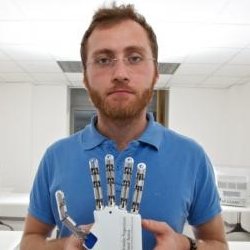
Artificial hands for action and perception: from the functional substitution to the human-robot collaboration

Practical activities
- Vision-Based Haptic Guidance in Robot-Assisted Endovascular Applications
- Restoring haptic perception in a soft underactuated hand prosthesis: modality matching and somatotopic matching approaches for information sensing and feedback
- Proprioceptive assessment and sensory enhancement
Free Time
School dinner
School dinner
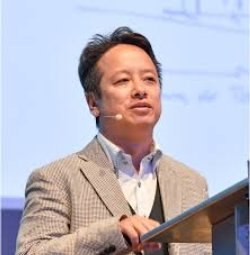
Neuroengineering Robotics - challenges and breakthroughs
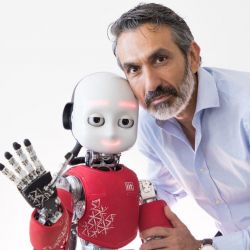
The iCub project
Coffee Break
Coffee Break/ Networking

From sensing to actuation: End-to-End Research in Robotics at Deepmind.
Poster session
Poster session / Networking
Lunch / NetworkingLunch/Poster session
Lunch/Poster session

Seeing and touching objects: experiments with the iCub humanoid robot

The sensorimotor bases of interaction with the world and with others

Practical activities
- Vision-Based Haptic Guidance in Robot-Assisted Endovascular Applications
- Restoring haptic perception in a soft underactuated hand prosthesis: modality matching and somatotopic matching approaches for information sensing and feedback
- Proprioceptive assessment and sensory enhancement
Coffee Break
Coffee Break Networking

Connecting machines and nervous system for the functional and cognitive benefits
Student presentation
Student presentation
Coffee Break
Coffee Break / Networking
Discussion
Discussion
Award and closure ceremonies
Award and closure ceremonies

Vision-Based Haptic Guidance in Robot-Assisted Endovascular Applications

Restoring haptic perception in a soft underactuated hand prosthesis: modality matching and somatotopic matching approaches for information sensing and feedback

Proprioceptive assessment and sensory enhancement
-
Proprioceptive assessment
-
Sensory enhancement for navigation
-
Motor imagery and mirror therapy
-
Enhanced Objects manipulations
Pricing & Registration
- Full-days Access of the School
- Coffee Breaks
- Lunches
- Social Activities
- Social Dinner
- Reduced Fee : 6 June 2022
- CLOSED
- Full-days Access of the School
- Coffee Breaks
- Lunches
- Social Activities
- Social Dinner
- CLOSED
- Online Participation to the Conference
- CLOSED
Do you have any special needs, disabilities, and/or dietary restrictions that we may address to make your participation more enjoyable?
Do not hesitate to contact us info@neuroengineering.unige.net
For further information concerning your registration, please, contact only info@neuroengineering.unige.net
With the UNIGE credentials you can access restricted areas of the school website (will be activated as soon as possible) for additional materials.
Organizers

Latest News
Best Student Poster Award - IEEE
The IEEE Sensors Council Italy Chapter recognizes distinguished posters presented by student at the 8th International Summer School of Neuroengineering that will be held in
Movendo Technology - Official sponsor
Movendo Technology is a biomedical company that has distinguished itself for using the most advanced robotic technology to
Online participation - Open the registration
If you cannot attend our Summer School in person you can do it online. The cost is 100 Euros for five days. We sincerely hope you can join us!
New accommodation Genova
The B&B Hotel Genova City Center is a design hotel strategically located close to the main points of interest in the city. Ideal for business trips and family holidays, it is easy to reach both from
ETT - Official sponsor
We are an international Digital & Creative company, supplying engaging and unique experiences through the combination of state-of-the-art technologies and innovative
Brain Products - Official sponsor
Brain Products GmbH is a leading manufacturer of research solutions in neurophysiology, psychophysiology, BCI, behavioral and social sciences. Since
Contact
Our Address
DIBRIS
Department of Informatics, Bioengineering,
Robotics and Systems Engineering
Location

Villa Cambiaso (Scuola Politecnica)
Via Montallegro 1
The summer school will be held 18 to 22 July 2022 at Villa Cambiaso, based of the Presidency of the Scuola Politecnica of the University of Genova, located in the district of Albaro, in Montallegro Street 1. Villa Giustiniani Cambiaso, designed by Galeazzo Alessi and built starting in 1548, is an architectural example of the "Genovese Villas" of the 16th and 17th centuries.
How to reach us
VOLABUS is a direct daily, comfortable service running 7 days a week, stopping at few pick up points (to airport only pick up, from airport only drop off). Alternatively, a taxi ride between the airport and the city centre costs approximately € 30-20.
By Train : The nearest train station to the Villa Cambiano is Genova Brignole. There are numerous Intercity trains from Milan Central to Genova Principe (some of them continue to Brignole), approximately one every hour. There are also Eurostar, Intercity, Frecciarossa trains from RomaTermini and Turin.
Trasportation within the city : To access Villa Cambiaso there are regular buses with stops located near the Genova Brignole Train Station. The bus stop (15 or 43) is located in Corso Buenos Aires. You need to get off at the fifth bus stop (Via Albaro), next t o the main entrance of Villa Cambiaso, in via Montallegro.In front Genova Principe Train Station, you can take any bus to the center city and, subsequently, the bus n. 15 or 43; alternatively, from Principe Train Station you can go to Genova Brignole in 5 minutes by local trains o metro.

